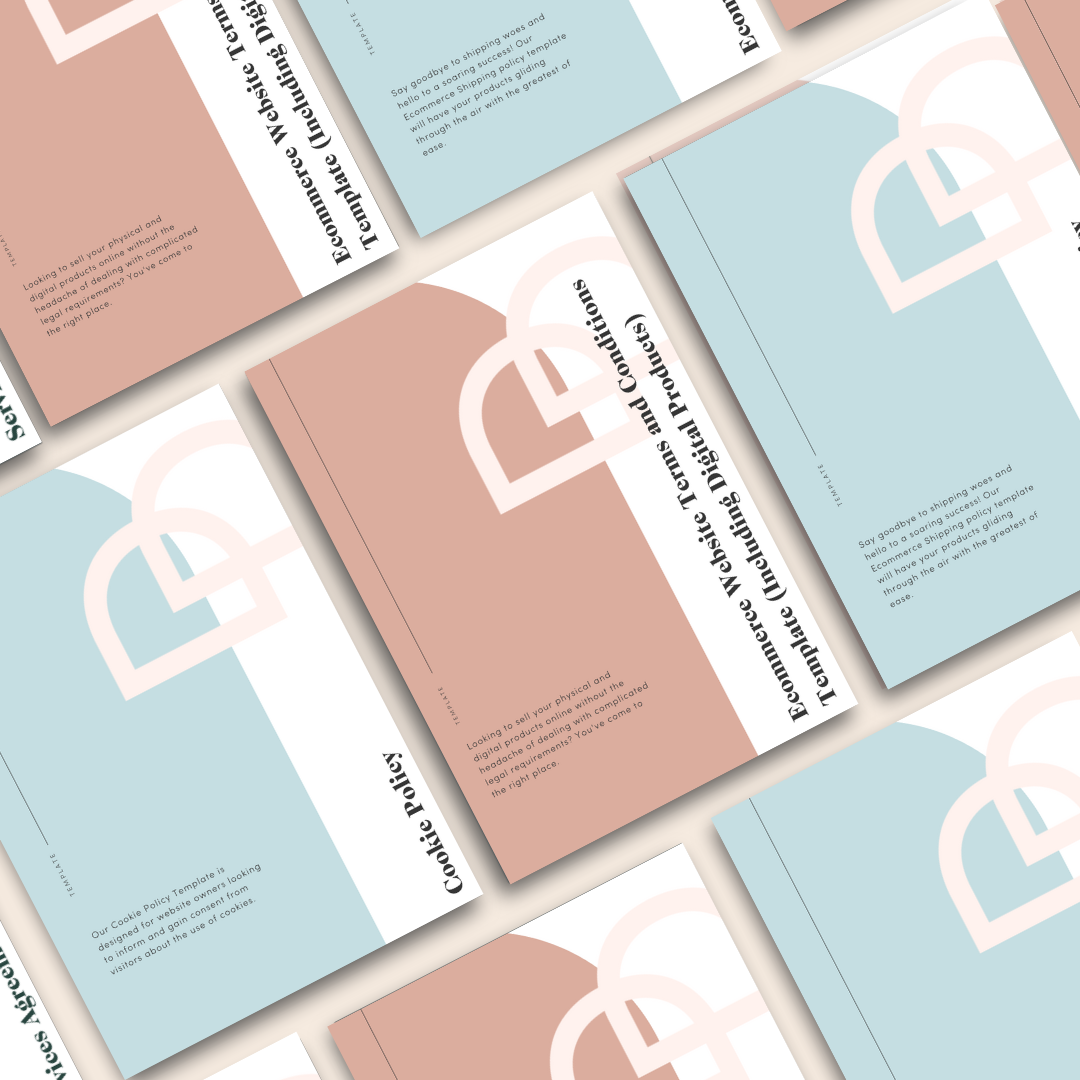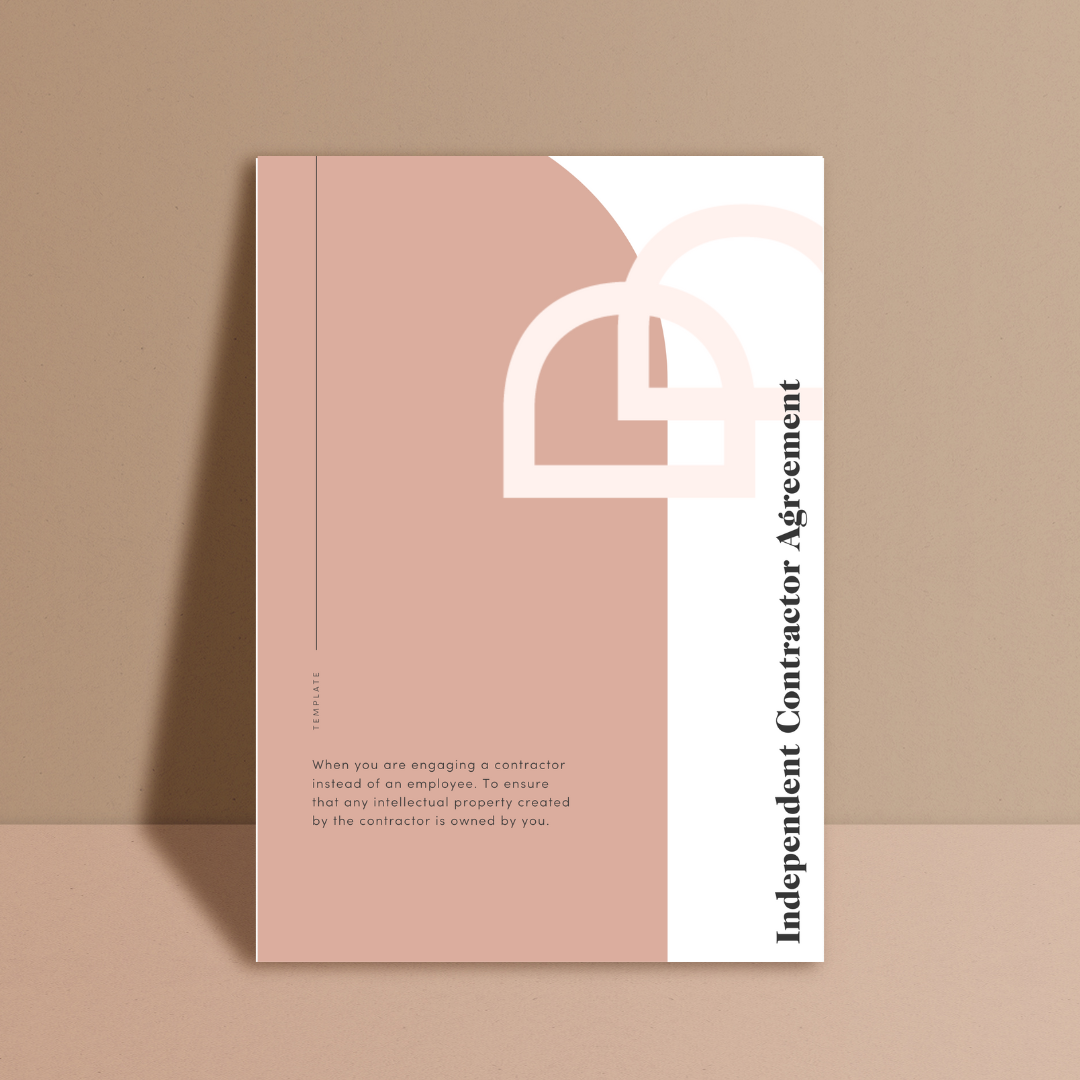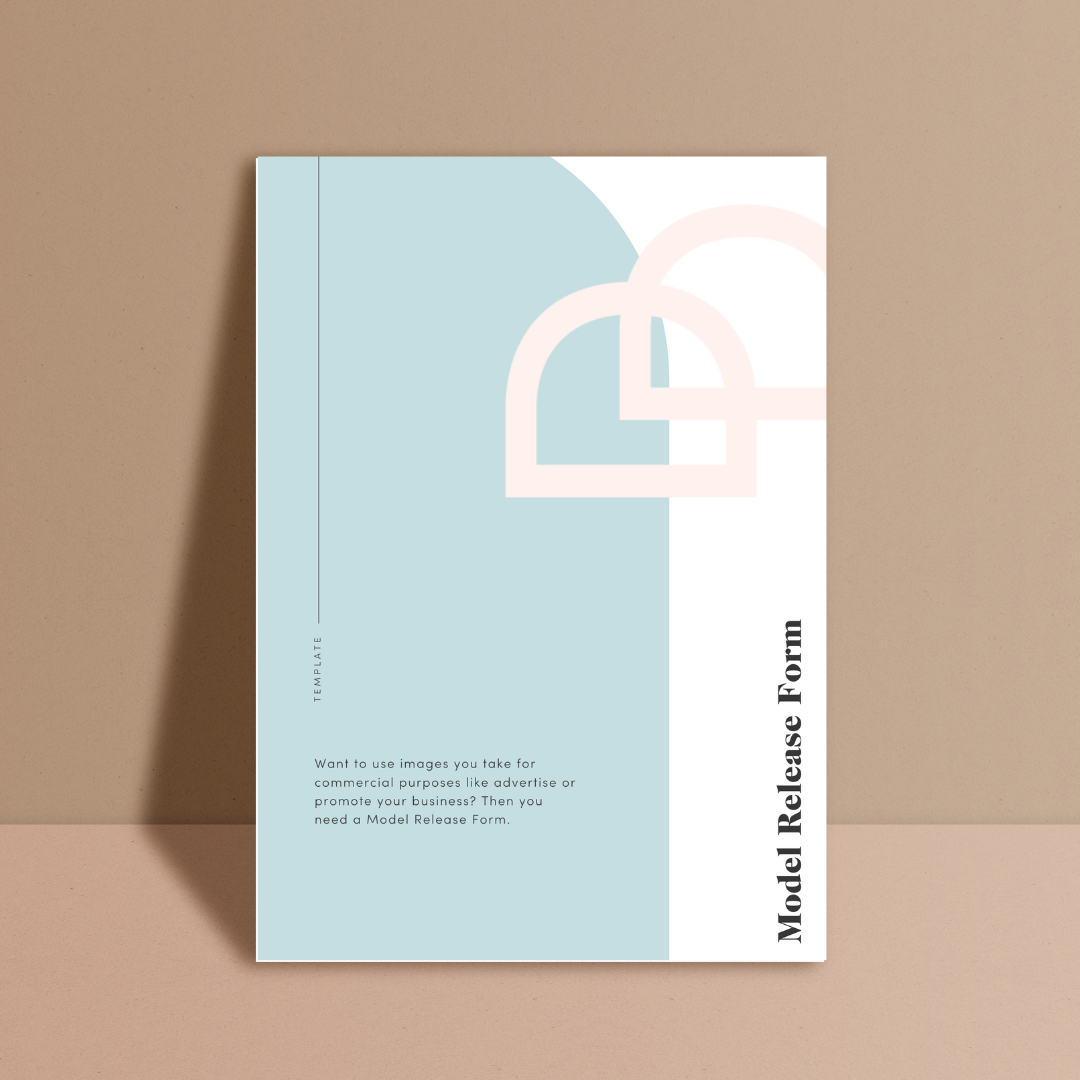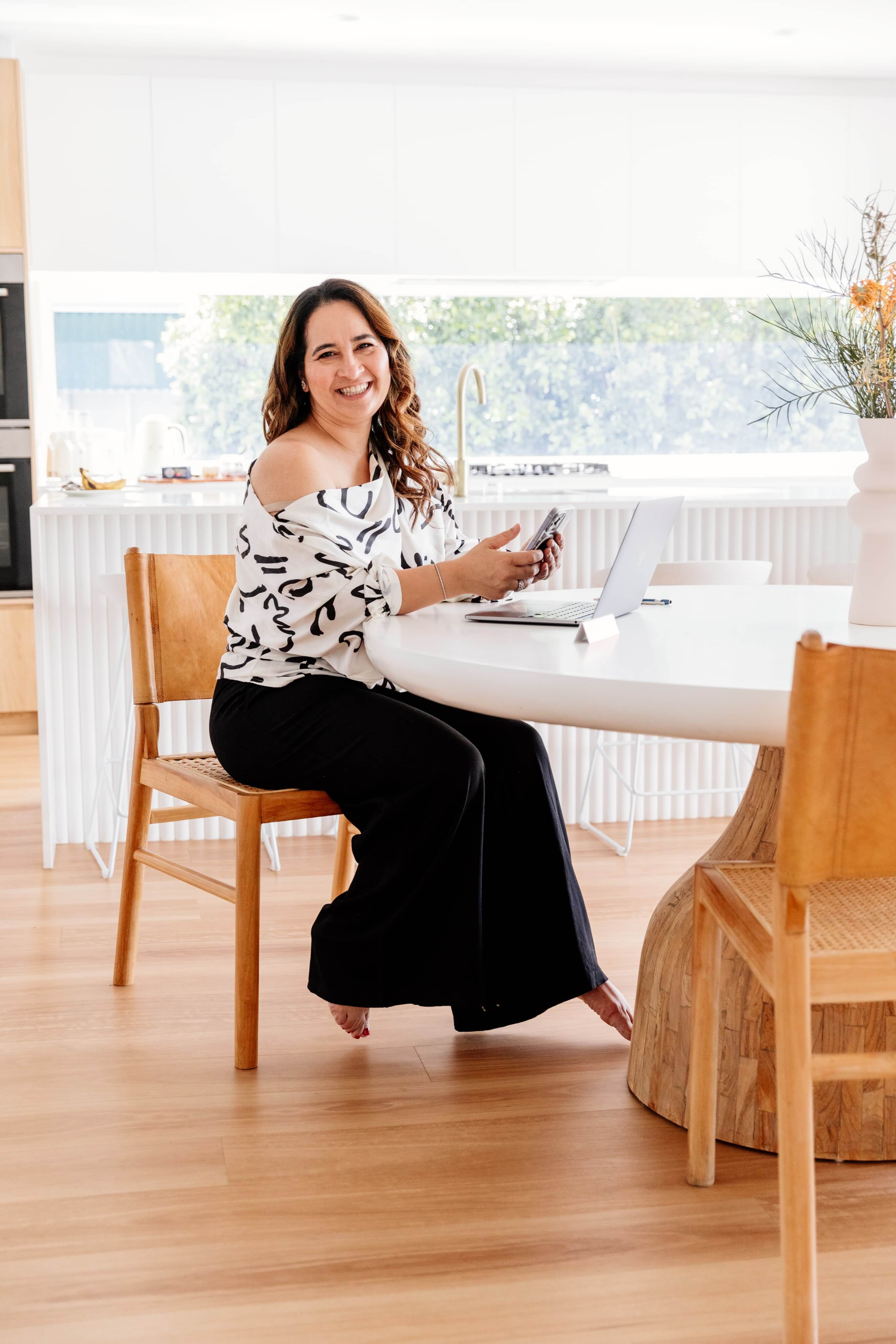Graphic design platforms that enable businesses to either connect with freelance designers or put together design elements themselves are growing in popularity by the day. And with good reason - they’re inexpensive, easy to use, and often provide a pretty solid design output.
But have you taken the time out of your day to have a thorough read of Vistaprint’s terms and conditions? How about Fiverr’s? Canva? Upwork? Yeah, we didn’t think so.
Wait, why is that important?
Obviously, as lawyers, we’re going to try to instil the importance of reading terms and conditions before you enter into any kind of agreement (including use of an app). We know that 99% of people just tick the check box without a second thought, thinking that it’s all just a load of legal mumbo jumbo - which it can be, if we’re honest, but that doesn’t mean you shouldn’t be wary of things that can catch you out. This is especially the case if it happens to be something that you’re relying on for your business!
So, you know how most of the time, you automatically own the assets you create for your business? Well, it can actually depend on how you went about creating them - that means that you may not necessarily have complete or exclusive design ownership, even if you paid to use the platform in question, or paid a freelancer to do so for you.
Used a Canva template lately?
If you’ve used a Canva template or pre-made elements to create your logo, we hate to break it to you, but that means it’s not exclusive to you or your business. If you don’t heavily modify both the design and the elements, you won’t be able to claim that it’s entirely your design. Essentially, you are prohibited from registering a template-made design as a trade mark.
Canva and its contributors also own the rights to any stock media you use in order to create your designs - and you may need to pay licensing fees in order to use them in commercial products. You also can’t use stock media in any part of a trade mark. Canva has the right to monitor everything you create on their platform, and everything that you export - and if you break their rules, they’re within their rights to close your account.
Any other examples?
Lots! Here’s another one: Vistaprint. Did you know that their terms of use explicitly state that you have no right or claim to any design, or design element, provided by Vistaprint?
Except where you provide them with specific project content aka uploading your own custom design, Vistaprint retains the rights associated with not just final designs, but interim and draft versions, too. On top of that, they also disclaim responsibility for those designs and elements, stating that they provide no warranty that their designs don’t infringe the trade mark or other rights of another party. Oof!
What if I hired a freelancer to create assets for me through Fiverr or Upwork?
Two words: be careful. Designers that are hired through cheap marketplaces can sometimes use elements, including fonts, that are not appropriately licensed - which can come back to bite you.
On top of this, you can’t guarantee that they haven’t used elements that might infringe on the IP of either the platform they are using, or another designer - the last thing you need is for another business to come after you for infringement out of the blue, especially when it wasn’t wilful on your part!
My graphic designer has created my assets using Canva or a similar platform - who owns the IP?
It depends.
If your graphic designer is legally legit, they’ll have their own agreement that they enter into with you (hey, designers, hit us up if you need a hand with one of these!) - which is likely to indicate that they own the intellectual property used to create your assets, and grant you a license to use them for your business. But where they’ve used a design platform, it can get tricky.
On occasion, you can retroactively contract around the terms of use associated with the platform, however sometimes this is explicitly prevented. This means that side agreements entered into with graphic designers who use platforms such as Canva are not necessarily enforceable.
What should I do moving forward?
Keep an eye out for IP-related clauses in terms of use to ensure that you retain ownership to the fullest extent possible, and are able to use your designs in the way you intend - legally.
Also, be sure to check the terms of these platforms on a regular basis - especially as they are often subject to change without notice!
SIGN UP TO OUR FREE BUSINESS CHECKLIST
***Disclaimer. Please read!!***
This article is for general information purposes only and should be used solely as general guidance. It does not and is not intended to represent legal advice or other professional advice.
All rights reserved. © Foundd Legal Pty Ltd
















